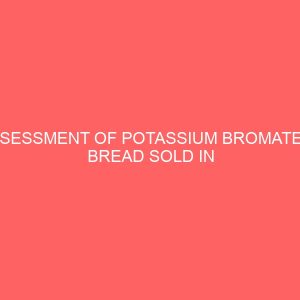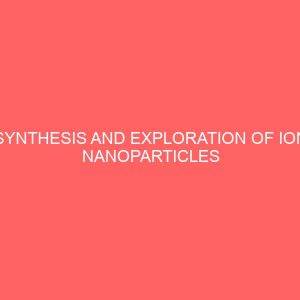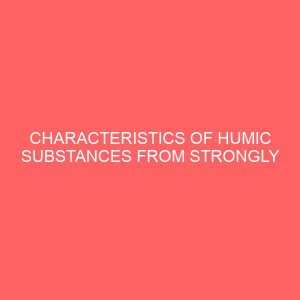Description
Abstract This study builds on previous remediation work in degraded Okpoma soil using CNB-TECH end product. As a follow up to successful remediation and restoration works, this present investigation focused on chemical characterization of soil humic substances (humic acid and fulvic acid) in order to give a chemistry-based explanation on the improved crop performance recorded for remediated soil systems relative to the control. Consequently, the extracted humic substances were subjected to (i) Volumetric analysis for total, carboxyl and phenolic hydroxyl reactive groups and (ii) Uv– Visible evaluations for optical density (E4/E6 ratio) and optical density characteristics on the visible region in EMR spectrum. The soil system was characterized for pH and electrical conductivity properties using standard procedure. Results show the presence of carboxyl groups in the range of 120 to 200 meq/100g and phenolic hydroxyl in the range of 2700 to 3440 meq/100g. The composition of phenolic hydroxyl versus carboxyl group in a given humic acid contained more phenolic hydroxyl relative to the carboxyl group in a given humic acid. Results showed more aromatic carbon chain in the humic acid molecular fragments, while fulvic acids were characterized by an increased aliphatic carbon chain. Visible spectral absorptions were typical densities decreasing with a wavelength from 500nm to 800nm. Study revealed that humic substances contained in the soil organic matter in the remediated systems were characterized by oxygenated functional group (phenolic hydroxyl and carboxyl groups) capable of binding to plant nutrient cations and enhancing their soil, thereby promoting excellent crop growth. Further study is a contribution to enhance environmental performance for the oil and gas industry in Nigeria.








Reviews
There are no reviews yet.